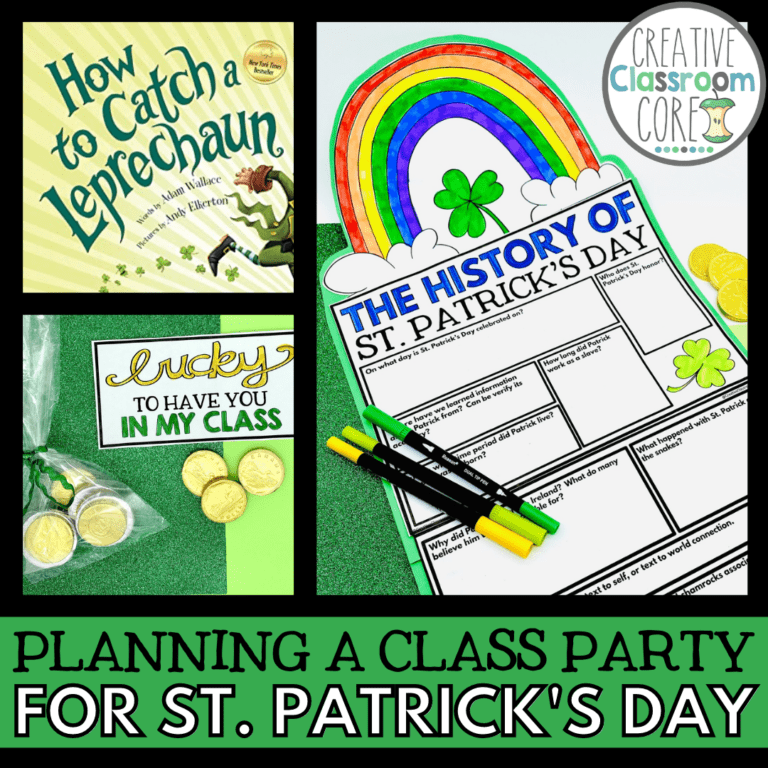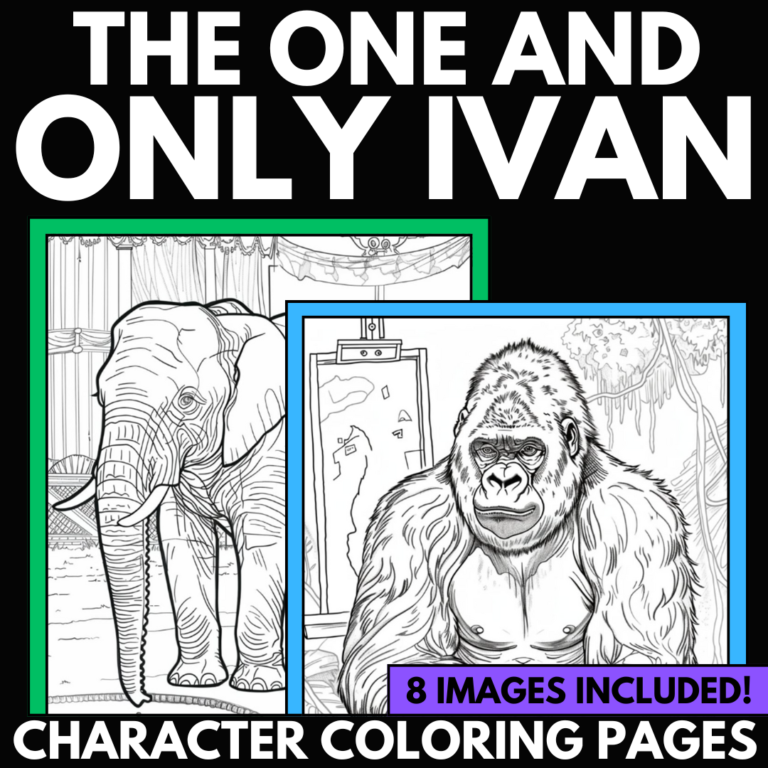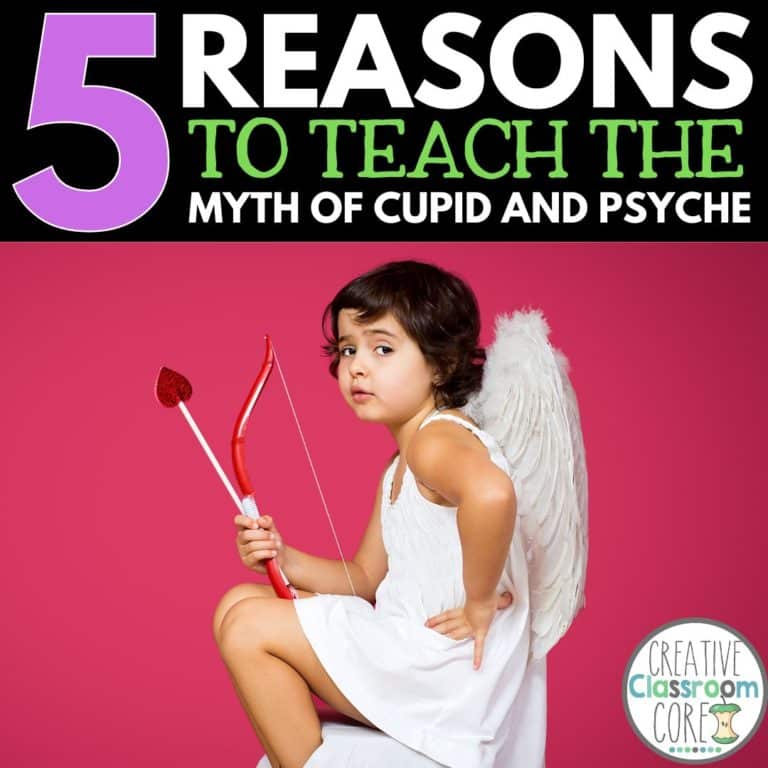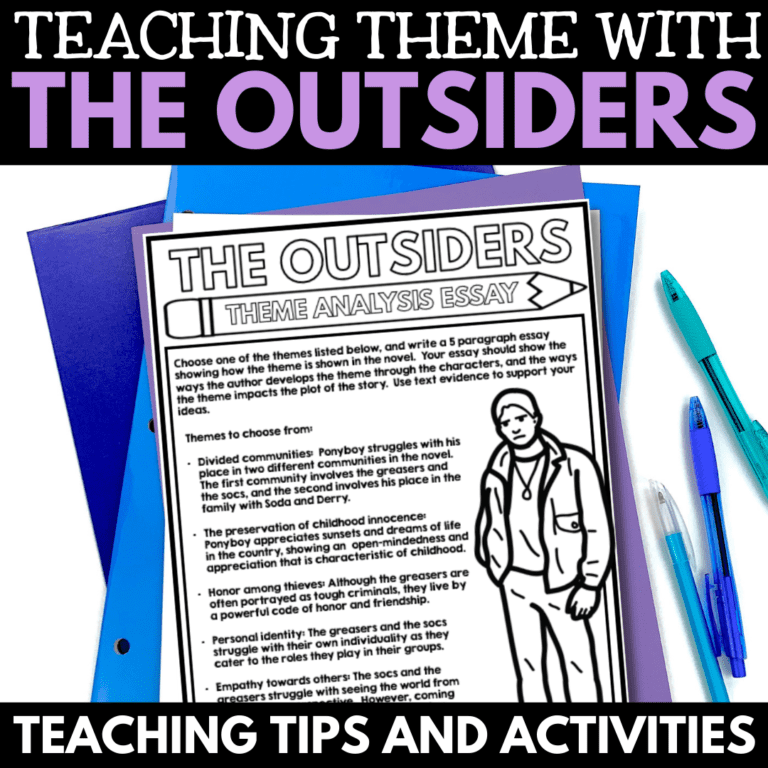Using Non-Fiction Paired Passages to Enhance Novel Studies
By MARISSA DESPINS Updated Sept 21, 2023
Using non-Fiction Paired Passages
Non-fiction paired passages, also known as paired texts, connect two texts in a meaningful way. With the introduction of the Common Core State Standards (CCSS), the concept of teaching using paired texts emerged. Initially, there were concerns among English teachers that the emphasis on nonfiction and the CCSS requirements might limit the teaching of fiction. However, over time, it became clear that analyzing how different texts address similar themes, as outlined in CCSS R.9, offers more benefits than drawbacks.
Although many states are shifting away from CCSS, the practice of using paired texts remains vital. It goes beyond fulfilling a single standard; it enables teachers to address multiple standards cohesively.
Interested in trying paired passages in your classroom? Click on the image or button below to see all of the paired passages I have available in my TPT shop!
In this blog post, I’ll discuss why I’ve embraced paired texts to enhance reading instruction. This approach offers various merits that extend beyond meeting a single standard, ultimately fostering enriched literary engagement and comprehensive learning outcomes.
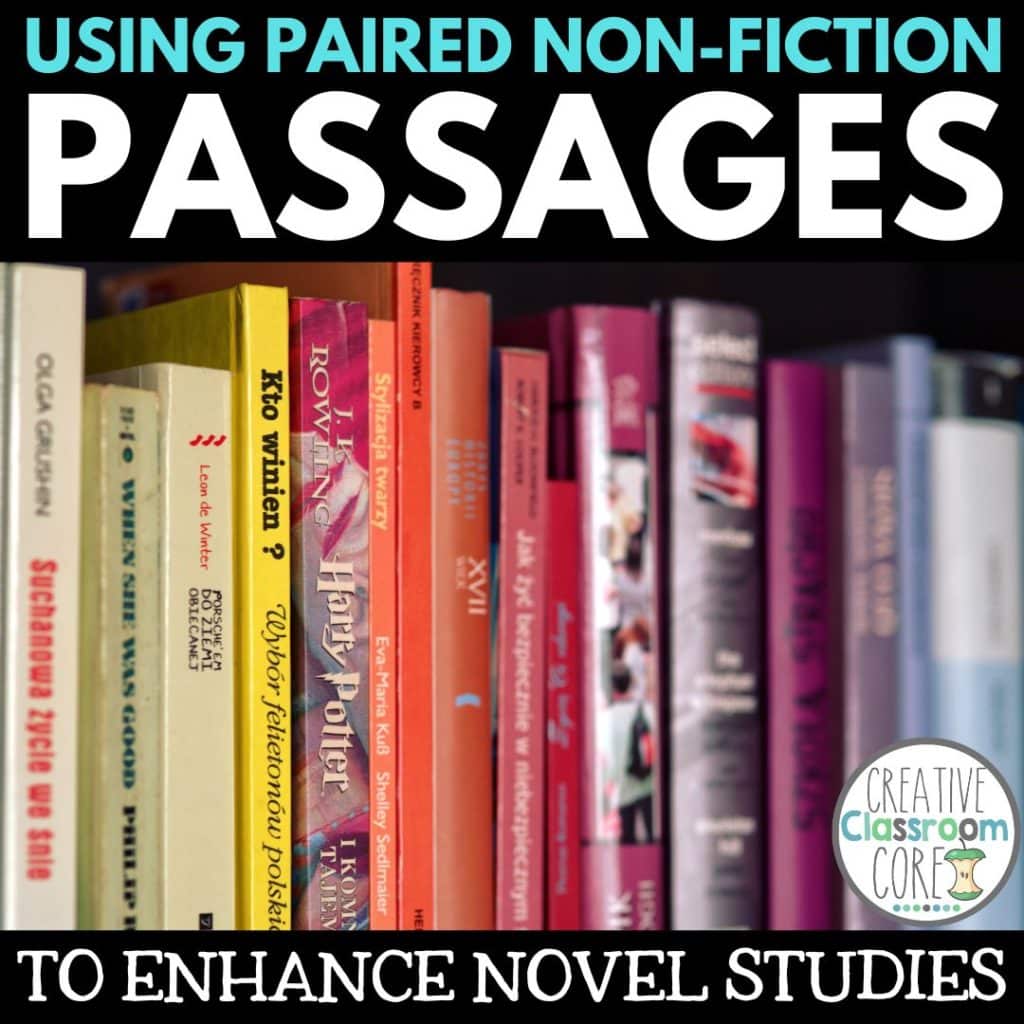
For more information, check out my previous posts on strategies for paired passages and finding paired passages.
Deepen Comprehension with non-fiction paired passages
Non-fiction paired passages provide a unique opportunity to deepen students’ comprehension of the novel’s themes, characters, and settings. By connecting the fictional world with real-world facts, students can grasp the context of the story more effectively. For example, if your class is reading a historical fiction novel set during the American Revolution, pairing it with articles about key events or figures from that era can help students connect the dots and gain a broader perspective.
Foster critical thinking
Analyzing both fiction and non-fiction texts encourages critical thinking skills. When students compare and contrast the themes, tones, and language of a novel with related non-fiction articles, they learn to evaluate information from multiple sources. This practice helps them develop the essential skill of discerning credible information, enhancing their overall critical literacy. And when it all comes down to it, isn’t teaching students to question the world by using their critical thinking skills our ultimate goal as educators?
use non-fiction paired passages to create multidisciplinary connections
Integrating non-fiction paired passages allows for cross-curricular connections. Teachers can seamlessly merge literature with subjects like history, science, and social studies. Imagine pairing a science fiction novel with articles about futuristic technologies, or combining a coming-of-age novel with psychological studies on adolescence. These connections engage students on different levels and showcase the real-world relevance of their studies.
Connecting texts from various subjects also broadens vocabulary. This lets students realize how the specialized words they learn in one subject can actually assist them in understanding information in another subject. Thinking at a higher level means using what you know, linking facts, grasping the material, and working with the information to come up with new solutions for problems. Pairing texts offers a way to do all of these things effectively.
Encourage empathy and understanding
Non-fiction paired passages can also foster empathy and understanding. For instance, when studying a novel that addresses social issues, pairing it with articles about the real-life experiences of marginalized communities can help students connect with the characters’ struggles and promote empathy. This approach opens up valuable discussions about diversity, inclusion, and the power of literature to inspire positive change.
Enhance Research Skills with non-fiction paired passages
Incorporating non-fiction materials challenges students to conduct research, enhancing their skills in gathering and analyzing information. As they explore topics related to the novel, they learn to navigate various sources, assess their credibility, and extract relevant information—an invaluable skill set for their academic journey and beyond.

implement Differentiated learning opportunities
Pairing texts was born from a desire to make reading teaching more challenging, and using different texts can help achieve that. However, one great thing about using paired texts for teaching reading is that, if picked carefully, it can work for all students, whether they’re finding reading tough or doing really well.
For example, if you’re reading a long and hard text, some students who struggle might feel lost in it. Pairing that text with a shorter and simpler one that has a similar story, problem, or idea could help those students understand the big text better. This is like a step to help them reach the higher text.
On the other hand, if you’re teaching a story to students who are really good at reading, you can add a harder nonfiction piece to challenge them. This way, paired texts not only make things more interesting but also help everyone learn more deeply.
Each student’s learning style is unique. Non-fiction paired passages cater to diverse learning preferences, accommodating visual learners, auditory learners, and those who thrive on hands-on activities. Teachers can offer a variety of supplemental materials—such as videos, infographics, or primary source documents—to cater to different learning modalities.
Want to learn more about learning styles? Check out our complete guide to learning styles in the classroom!
broaden cultural horizons
Novel studies combined with non-fiction passages provide an opportunity to broaden students’ cultural horizons. Pairing a novel set in a different culture or time period with articles about the customs, traditions, and history of that setting helps students develop a global perspective and appreciate the diversity of the world.
Wondering where you can find non-fiction paired passages that you can use in your classroom? Check out our post!
For more creative ideas to enhance novel studies, be sure to check out our complete planning guide (and grab a freebie!)
LOOKING FOR PAIRED PASSAGE SETS TO ADD TO YOUR NOVEL STUDIES?
See all of the paired passages available in my shop by clicking here or on the image below!
Want to read more about non-fiction paired passages?
Check out my previous posts below:
Strategies for Teaching Non-Fiction Paired Passages
Paired Passages: Where do I find them?
Interested in signing up for my email list?
If you are interested in signing up for my email list, you can do so by clicking on the link below. I periodically send out emails with free resources, teaching tips, and exclusive deals. Signing up will also give you immediate access to some of my best selling Interactive Notebook resources – foldable projects, graphic organizers, and other fun activities.



